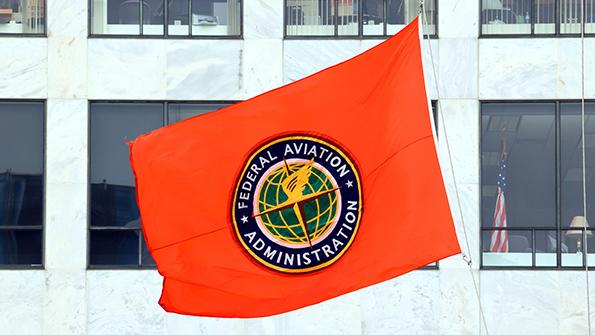
The world was shocked when an outage of its Notices to Air Missions (NOTAMs) system forced FAA to issue a national domestic flight ground stop that lasted almost two hours.
FAA has long, and justifiably, been regarded as the global gold standard when it comes to commercial aviation regulation and safety. Its methods and safety rulings are routinely adopted by aviation authorities around the world because they are proven and trusted.
Sadly, some of that trust has been eroded, and the decline didn’t start with the NOTAMs failure. Even more worrying than an outage apparently caused by a contractor, this incident seems to be indicative of a systemwide problem with the agency.
FAA’s independence and judgment were called into question over the Boeing 737 MAX crashes, when it was the last aviation agency to issue a grounding order following the second fatal crash. The ongoing debacle over the implementation of 5G C-band tolerance requirements for radio altimeters in the US has other agencies scratching their heads. They have managed this while maintaining safety standards—why not FAA?
Stunningly, in the US of all places, the answer seems to be that world technology advances are running ahead of FAA’s ability to keep up. And much of the reason for that is because FAA’s own technology, in the Department of Transportation’s own words, is based on “failing vintage hardware.”
DOT last year called for $29 million in its budget specifically to modernize FAA’s IT systems. That’s likely nowhere near enough to address the fix.
Delta Air Lines CEO Ed Bastian rightly called out the problems: insufficient staffing levels, tools and aging equipment. Even more important, he highlighted the need to get FAA out of the year-by-year funding system and beyond the reach of political shenanigans.
It is critical that FAA is provided not only with the appropriate funding to modernize, but also that it has the freedom and flexibility to make long-term budget and program decisions. This would enable the agency to also apply its budgets most efficiently.
DOT Secretary Pete Buttigieg has been slow to turn his attention to America’s creaking aviation infrastructure, instead hailing local crowd-pleasing funding for programs to fix roads and bridges. And when he belatedly focused on aviation, it was with the wrong lens. He and lawmakers on both sides of the fence threaten investigations, fines and regulations where they are not needed, in cabin products and the airline-customer contract.
Where reform is desperately urgent is in ensuring that the US aviation safety system remains one of the world’s best. Everyone who flies, be it on commercial airliners, government planes or private jets, should expect and demand nothing less.





